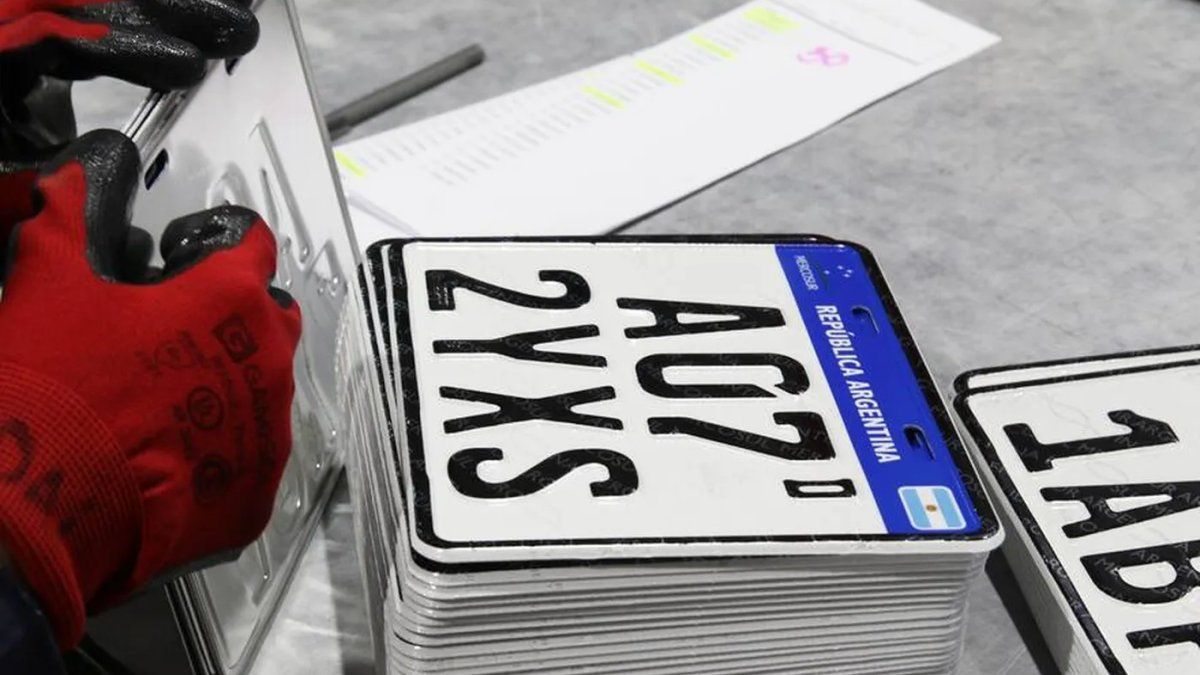The Government went out to celebrate the annual increase of the Fiscal surplus primary and clarified that the Financial Deficit of July (the first of 2025) responded to seasonality for the semiannual maturity of the titles issued during the management of Martín Guzmán in the Palace of Finance. The accounting It excludes the growing capitalization of the interests of the LECAPS, a fact that many specialists highlighted since it turns on an alarm on the sustainability of debt and public accounts.
This Monday, the Ministry of Economy reported a positive primary result of $ 1,749,386 million During the seventh month of the year, 41% higher, in real terms, to the data of July 2024. However, when payments of the bonars and global are added, the balance gave a “red” of $ 168,515 million.
The Minister Luis Caputo He explained that “both in January and July it is registered, relative to the rest of the months of the year, a high interesting of interest.” Indeed, the figure was 247% higher than the monthly average of the February-June period.
Most analysts did not put too many objections on this official appreciation, but the debate about the incidence that the interests of the Lecaps are acquiring, within the framework of the strong jump that the rates experienced in recent weeks.
Supplies press about debt sustainability and fiscal surplus
“So far this year, the primary surplus amounts to $ 9.4 billion (1.1% of GDP) and the financial one at $ 2.9 billion (0.3% of GDP). But If we also add the capitalization of instruments that are counted “under the line”, there would be a financial deficit of 1.6% of GDP. Recall that the IMF himself had calculated a red of 1.2% of GDP until May, “the consultant reflected.
In front of that situation, Lorenzo Sigaut Gravinadirector of macroeconomic analysis of the entity warned in dialogue with Scope about the complication that can mean in the future the fact that the treasure is paying an increasingly high rate. “You can demand tomorrow a higher primary surplus“He said.
In this regard, the economist of the Economic Studies Management of the Province Bank, Matías Rajnermanhe argued that, to make a more correct analysis and according to the treatment of other financial instruments, The variation of the real interest rate should be taken into accountand not the increase in nominal interests. “Both in this government and in the previous one many CER titles were issued, which pay a rate and also have a variable capital (for inflation). All that variable capital is not counted,” he exemplified as to standardize criteria.
However, he added that, given the recent increase in real rates (in the last tender a positive rate close to the two points was observed), it makes more sense to capture the relevance that the performance of the LECAPS can have in the future on the coffers of the national state.
For its part, Pedro Martínez GerberEmmanuel Álvarez Agis at the PXQ consultant, agreed that “we must not look at the nominal capitalization but to think about the real rate at which the treasure vs. the growth rate of the economy is being financed to give the relevant discussion, which is about the sustainability of the debt.” “The current problem is that It is not sustainable to constantly finance a monthly effective rate between two and three points above monthly inflation“He warned.
Image
From the province they showed that, between January and July, almost $ 18 billion were paid for the interests of these letters, so, adding this number, the fiscal result accumulated in 2025 goes from +$ 3 billion to -$ 15 billion, a figure similar to that of 2021 ( -$ 16 billion).
Debate about the interests of LECAPS: Should they be included in fiscal accounts?
Economists close to the government questioned this inclusion of LECAPS in the analysis of the fiscal result. In addition to arguing the aforementioned distinction between nominal and real variations, they emphasized the fact that these are interests that are permanently refined.
On this last point, the analyst Jorge Neyro It considers “important to monitor how many interests are capitalized and paid with new bonds, because that implies that the government somehow emits debt automatically all the time.” “The government currently does not record the payment of interests of the LECAPS with bonds, but only cash payments. That implies that a certain part of the interests are underestimatedsomething that even recognized the IMF in his latest Staff Report when he says that, to May, there was really a accumulated financial deficit of 1.3% of GDP, “he deepened.
In addition, Neyro recalled that the debt in pesos is “rollea” not always. “In many of the last tenders there was no 100%rollover. That implied a circulation of pesos from the capitalization of interests that end up being paid by the Treasury“He said.
Faced with the described scenario, the high rates not only represent a risk for economic activity, but can also put the fiscal surplus in check, one of the main “battle knights” of the ruling party, together with the slowdown in inflation. The capacity of the economic team to refinance the debt and to reduce volatility in rates will be key to preventing the latter from happening.
Source: Ambito
I am a 24-year-old writer and journalist who has been working in the news industry for the past two years. I write primarily about market news, so if you’re looking for insights into what’s going on in the stock market or economic indicators, you’ve come to the right place. I also dabble in writing articles on lifestyle trends and pop culture news.




